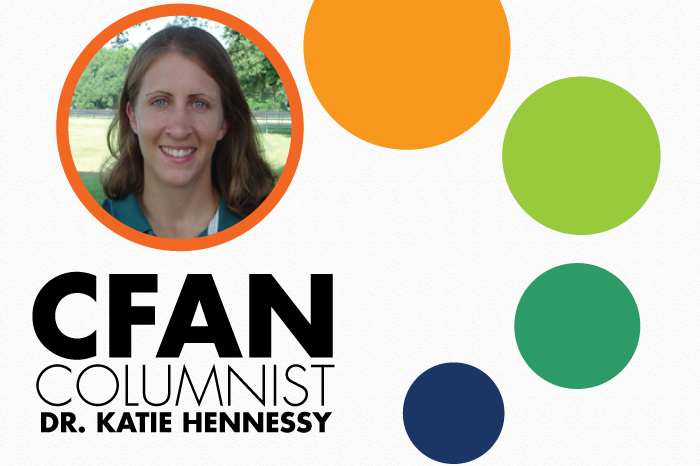WHITE LINE DISEASE (seedy toe, hoof wall disease) is a common disease seen in the equine foot that may or may not result in lameness. This disease occurs with separation of the hoof wall from the underlying tissue and then colonization with bacteria. Separation is caused by environmental conditions, mineral toxicity or mechanical stresses on the hoof attachments (long toes, poor conformation, low heels, chronic abscesses, laminitis). Separation can occur at the toe, quarter or heel, and then the separation is colonized by bacteria that progress toward the coronary band (hair line).
The hoof wall is composed of three layers. The outer is the stratum externum, the middle layer is the stratum medium (this layer is affected by white line disease), and the internal layer called the stratum internum.
Moisture appears to play a role in white line disease, and this may be due to the excess moisture softening the foot, allowing easier entry for dirt and bacteria. Conversely, very dry feet that develop cracks also allow entry for debris and the disease may occur.
Early signs of the disease may be seen as a dark, chalky area along the white line, while a more advanced disease may appear as a dishing or bulging deformity with the outer hoof wall having slow and poor quality growth.
The primary aim of treatment is to correct any hoof deformity that may contribute to separation, protect the damaged hoof area, and treat any bacterial infection. The foot needs regular debridement (may include removal of some of the hoof wall) and daily use of a wire brush to keep the area clean. Topical treatments and disinfectants can be used after debridement.
The feet should be kept dry and avoid turnout in rainy or wet weather. Treatment of this disease requires a great deal of commitment from you, the owner; though your horse may be able to exercise and remain in work, depending on the level of damage. Talk with your farrier and veterinarian about any hoof concerns you may have.
CREDIT
column by DR. KATIE HENNESSY
BIO: Dr. Katie Hennessy graduated from the University of Illinois College of Veterinary Medicine in 2008 with a degree in large animal health and equine medicine. She completed an advanced internship at The Equine Medical Center of Ocala and is currently the owner and practicing veterinarian at Polk Equine. Her expertise ranges from small and exotic creatures to large animals, specializing in equine medicine.

